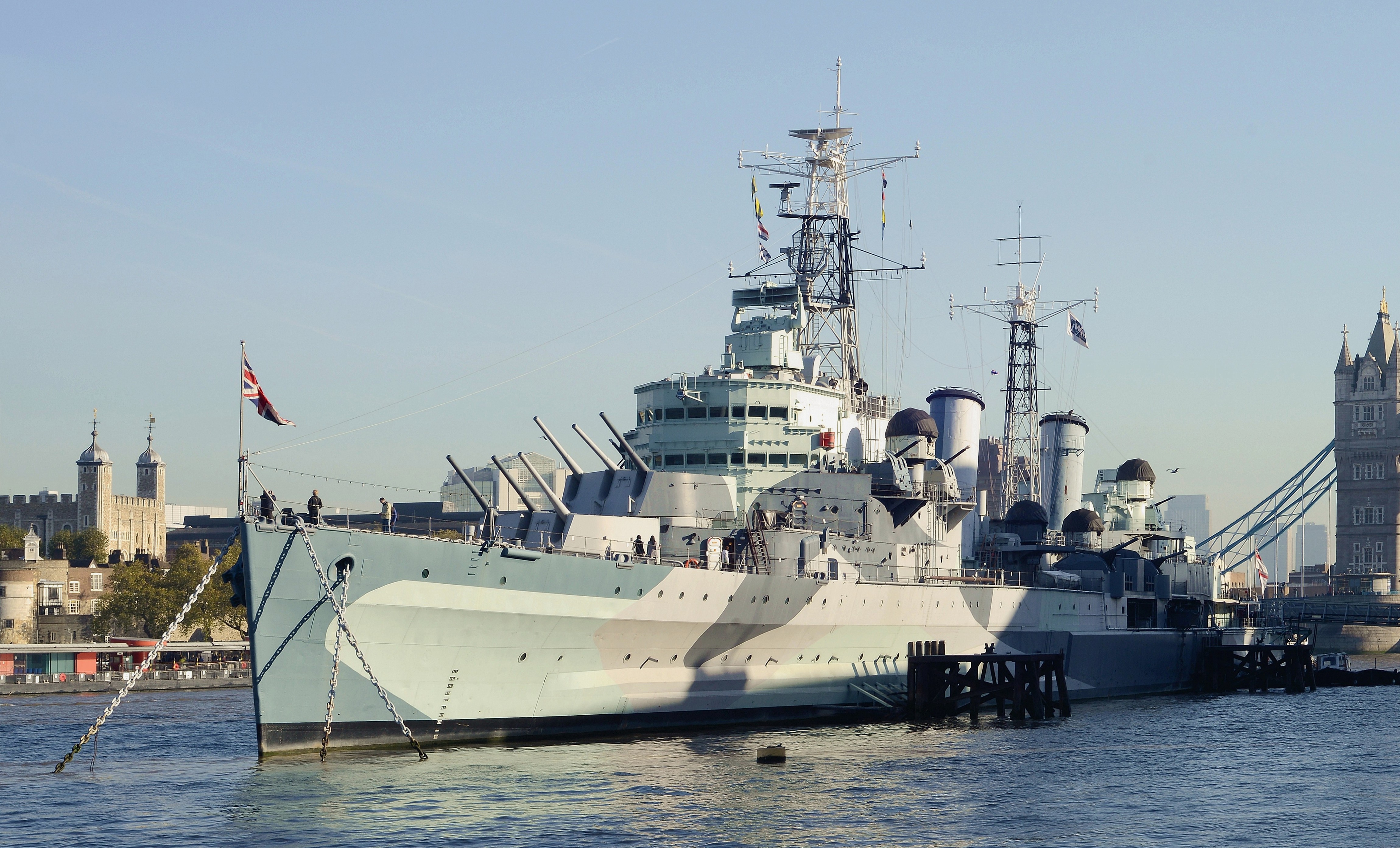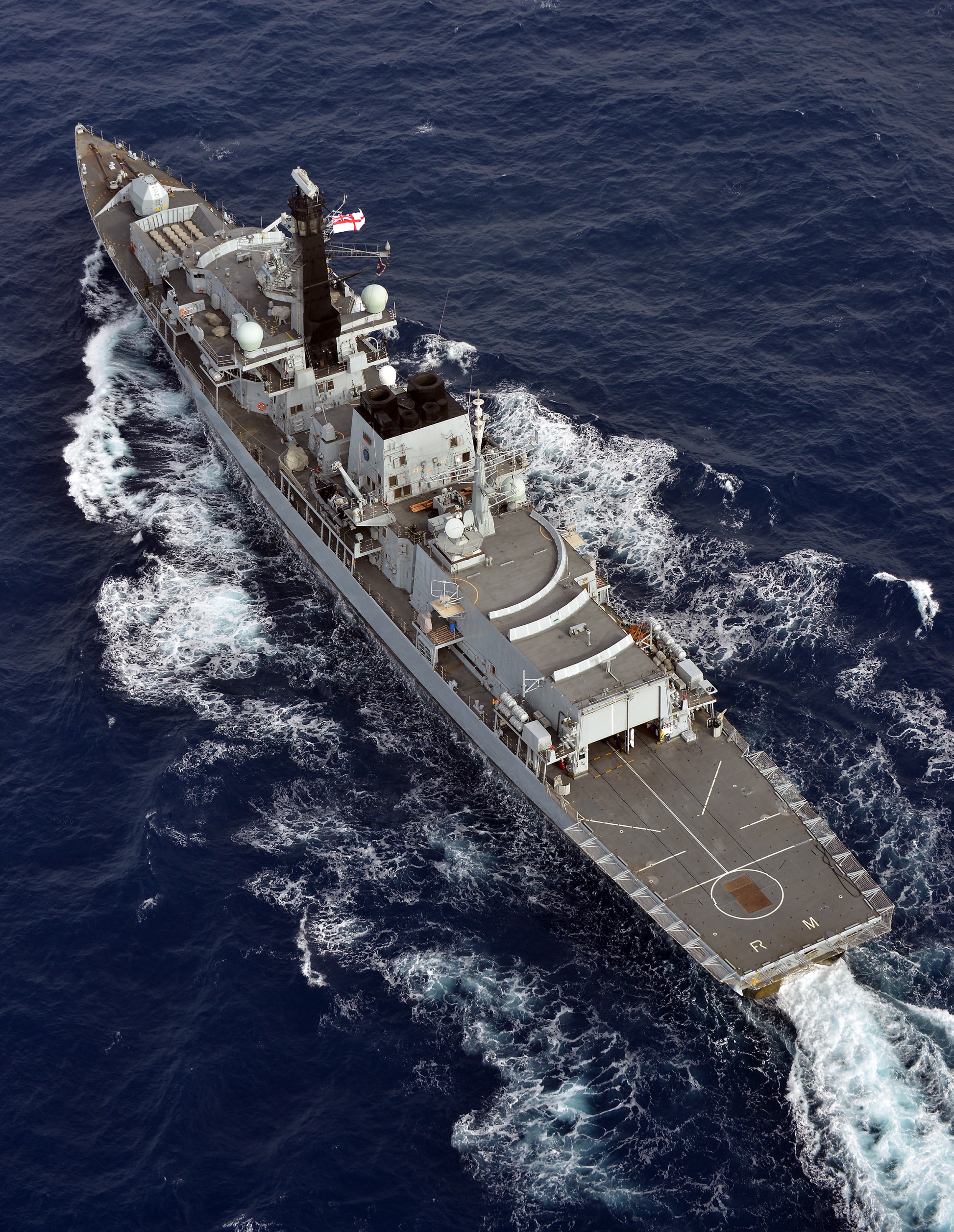|
HMS Chester
Four ships of the Royal Navy have borne the name HMS ''Chester'', after the city of Chester: * was a 48-gun fourth rate launched in 1691. She was captured by the French in 1707 at the Battle at The Lizard. * was a 50-gun fourth rate launched in 1708. She was on harbour service from 1743 and was broken up in 1750. * was a 50-gun fourth rate launched in 1743 and sold in 1767. * was a light cruiser originally ordered for the Greek Navy in 1914 as ''Lambros Katsonis''. She was taken over before her launch in 1915 and was sold in 1921. There was also a planned named HMS ''Chester Castle''. She was cancelled in 1943. There was also an HMS ''Chester'' serving as a tank (water) vessel in the 1880s - saw service during the Egyptian campaign of 1882 when she was an "attendant" on HMS ''Alexandra''; 21 men (her whole crew?) received the medal for Egypt serving aboard the ship. In fiction A fictional HMS ''Chester'' appeared in the 1997 James Bond film ''Tomorrow Never Dies''. The in ... [...More Info...] [...Related Items...] OR: [Wikipedia] [Google] [Baidu] |
Royal Navy
The Royal Navy (RN) is the naval warfare force of the United Kingdom. It is a component of His Majesty's Naval Service, and its officers hold their commissions from the King of the United Kingdom, King. Although warships were used by Kingdom of England, English and Kingdom of Scotland, Scottish kings from the early Middle Ages, medieval period, the first major maritime engagements were fought in the Hundred Years' War against Kingdom of France, France. The modern Royal Navy traces its origins to the English Navy of the early 16th century; the oldest of the British Armed Forces, UK's armed services, it is consequently known as the Senior Service. From the early 18th century until the World War II, Second World War, it was the world's most powerful navy. The Royal Navy played a key part in establishing and defending the British Empire, and four Imperial fortress colonies and a string of imperial bases and coaling stations secured the Royal Navy's ability to assert naval superior ... [...More Info...] [...Related Items...] OR: [Wikipedia] [Google] [Baidu] |
Chester
Chester is a cathedral city in Cheshire, England, on the River Dee, Wales, River Dee, close to the England–Wales border. With a built-up area population of 92,760 in 2021, it is the most populous settlement in the borough of Cheshire West and Chester. It is also the historic county town of Cheshire and the List of Cheshire settlements by population, second-largest settlement in Cheshire after Warrington. Chester was founded in 79 AD as a "Castra, castrum" or Roman Empire, Roman fort with the name Deva Victrix during the reign of Emperor Vespasian. One of the main army camps in Roman Britain, Deva later became a major civilian settlement. In 689, Æthelred of Mercia, King Æthelred of Mercia founded the Minster Church of West Mercia, which later became Chester's first cathedral, and the Angles (tribe), Angles extended and strengthened the walls to protect the city against the Danes (Germanic tribe), Danes. Chester was one of the last cities in England to Norman conquest of Eng ... [...More Info...] [...Related Items...] OR: [Wikipedia] [Google] [Baidu] |
Fourth Rate
In 1603 all English warships with a complement of fewer than 160 men were known as 'small ships'. In 1625/26 to establish pay rates for officers, a six-tier naval ship rating system was introduced.Winfield 2009 These small ships were divided into three tiers: fourth-, fifth- and sixth-rates. Up to the end of the 17th century, the number of guns and the complement size were adjusted until the rating system was actually clarified. A 'fourth-rate' was nominally a ship of over thirty guns with a complement of 140 men. In the rating system of the Royal Navy used to categorize sailing warships in the 18th century, a fourth-rate was a ship of the line with 46 to 60 guns mounted. They were phased out of ship of the line service during the French Revolutionary and Napoleonic Wars, as their usefulness was declining; though they were still in service, especially on distant stations such as the East Indies. ''Fourth-rates'' took many forms, initially as small two-decked warships, later a ... [...More Info...] [...Related Items...] OR: [Wikipedia] [Google] [Baidu] |
Battle At The Lizard
The naval Battle of the Lizard () took place on 21 October 1707 during the War of the Spanish Succession near Lizard Point, Cornwall between two French squadrons under René Duguay-Trouin and Claude de Forbin and an English convoy protected by a squadron under Commodore Richard Edwards. Duguay-Trouin and Forbin were two of the most successful French naval commanders and they caused much damage to the allied merchant fleet. Battle On 20 October 1707 a large merchant fleet consisting of 80 to 130 English ships left Plymouth for Portugal with supplies for the war in Spain. There were five escorting English ships under command of Commodore Edwards. The next day near Lizard Point they were spotted by 2 French squadrons of 6 ships each. Technically Forbin was the senior French officer, but Duguay-Trouin was the more aggressive, and his ships led the attack and suffered most of the damage, after Forbin had discovered the British convoy. This battle was almost a complete victory for ... [...More Info...] [...Related Items...] OR: [Wikipedia] [Google] [Baidu] |
Light Cruiser
A light cruiser is a type of small or medium-sized warship. The term is a shortening of the phrase "light armored cruiser", describing a small ship that carried armor in the same way as an armored cruiser: a protective belt and deck. Prior to this smaller cruisers had been of the protected cruiser model, possessing armored decks only. While lighter and smaller than other contemporary ships they were still true cruisers, retaining the extended radius of action and self-sufficiency to act independently around the world. Cruisers mounting larger guns and heavier armor relative to most light cruisers would come to be known as heavy cruisers, though the designation of 'light' versus 'heavy' cruisers would vary somewhat between navies. Through their history light cruisers served in a variety of roles, primarily on long-range detached patrol work, covering other military operations or global shipping lanes, as scouts and fleet support vessels for battle fleets, as destroyer command ship ... [...More Info...] [...Related Items...] OR: [Wikipedia] [Google] [Baidu] |
Greek Navy
The Hellenic Navy (HN; , abbreviated ΠΝ) is the naval force of Greece, part of the Hellenic Armed Forces. The modern Greek navy historically hails from the naval forces of various Aegean Islands, which fought in the Greek War of Independence. The Hellenic Navy formed during the Hellenic Period ruled by monarchy (1833–1924 and 1936–1973) that has been recognized as the Royal Hellenic Navy (, , abbreviated ΒΝ). The Hellenic Navy is a Green-water navy. The total displacement of the fleet is approximately 150,000 tons. The HN also operates a number of naval aviation units. The motto of the Hellenic Navy is "Μέγα τὸ τῆς θαλάσσης κράτος" from Thucydides' account of Pericles' oration on the eve of the Peloponnesian War. At the Perseus Project. This has been translated as "The rule of the sea is a great matter". The Hellenic Navy's emblem consists of an anchor in front of a crossed Christian cross and trident, with the cross symbolizing Greek Orthodo ... [...More Info...] [...Related Items...] OR: [Wikipedia] [Google] [Baidu] |
James Bond
The ''James Bond'' franchise focuses on James Bond (literary character), the titular character, a fictional Secret Intelligence Service, British Secret Service agent created in 1953 by writer Ian Fleming, who featured him in twelve novels and two short-story collections. Since Fleming's death in 1964, eight other authors have written authorised Bond novels or novelisations: Kingsley Amis, Christopher Wood (writer), Christopher Wood, John Gardner (British writer), John Gardner, Raymond Benson, Sebastian Faulks, Jeffery Deaver, William Boyd (writer), William Boyd, Anthony Horowitz and Charlie Higson. The latest novel is ''On His Majesty's Secret Service'' by Charlie Higson, published in May 2023. Additionally, Charlie Higson wrote a series on Young Bond, a young James Bond, and Samantha Weinberg, Kate Westbrook wrote three novels based on the The Moneypenny Diaries, diaries of a recurring series character, Miss Moneypenny, Moneypenny. The character—also known by the code nu ... [...More Info...] [...Related Items...] OR: [Wikipedia] [Google] [Baidu] |
Tomorrow Never Dies
''Tomorrow Never Dies'' is a 1997 spy film, the eighteenth in the ''James Bond'' series produced by Eon Productions and the second to star Pierce Brosnan as fictional MI6 agent James Bond. Directed by Roger Spottiswoode from a screenplay by Bruce Feirstein, it follows Bond as he attempts to prevent Elliot Carver ( Jonathan Pryce), a power-mad media mogul, from engineering world events to initiate World War III. The film was produced by Michael G. Wilson and Barbara Broccoli. It was the first Bond film made after the death of producer Albert R. Broccoli (to whom it pays tribute in the end credits) and the last released under the United Artists label. Filming locations included France, Thailand, Germany, Mexico and the United Kingdom. ''Tomorrow Never Dies'' performed well at the box office, grossing over $339 million worldwide, becoming the fourth-highest-grossing film of 1997 and earning a Golden Globe nomination despite mixed reviews. While its performance at t ... [...More Info...] [...Related Items...] OR: [Wikipedia] [Google] [Baidu] |
Type 23 Frigate
The Type 23 frigate or Duke class is a class of frigates built for the United Kingdom's Royal Navy. The ships are named after British Dukes, thus leading to the class being commonly known as the Duke class. The first Type 23, , was commissioned in 1989, and the sixteenth, was commissioned in June 2002. They form the core of the Royal Navy's destroyer and frigate fleet and serve alongside the Type 45 destroyers. They were designed for anti-submarine warfare, but have been used for a range of uses. Eight Type 23 frigates remain in service with the Royal Navy, with three vessels having been sold to the Chilean Navy and five being retired since 2021. The Royal Navy's Type 23 frigates will be replaced by the Type 26 Global Combat Ship and the Type 31 frigate. it is anticipated that HMS ''St Albans'' will be the last to retire from the Royal Navy, in 2035. Development When first conceived in the late 1970s, the Type 23 was intended to be a light anti-submarine frigate with a t ... [...More Info...] [...Related Items...] OR: [Wikipedia] [Google] [Baidu] |
Frigate
A frigate () is a type of warship. In different eras, the roles and capabilities of ships classified as frigates have varied. The name frigate in the 17th to early 18th centuries was given to any full-rigged ship built for speed and maneuverability, intended to be used in scouting, escort and patrol roles. The term was applied loosely to ships varying greatly in design. In the second quarter of the 18th century, what is now generally regarded as the 'true frigate' was developed in France. This type of vessel was characterised by possessing only one armed deck, with an unarmed deck below it used for berthing the crew. Late in the 19th century (British and French prototypes were constructed in 1858), a type of powerful ironclad warships was developed, and because they had a single gun deck, the term 'frigate' was used to describe them. Later developments in ironclad ships rendered the 'frigate' designation obsolete and the term fell out of favour. During the Second World War ... [...More Info...] [...Related Items...] OR: [Wikipedia] [Google] [Baidu] |





